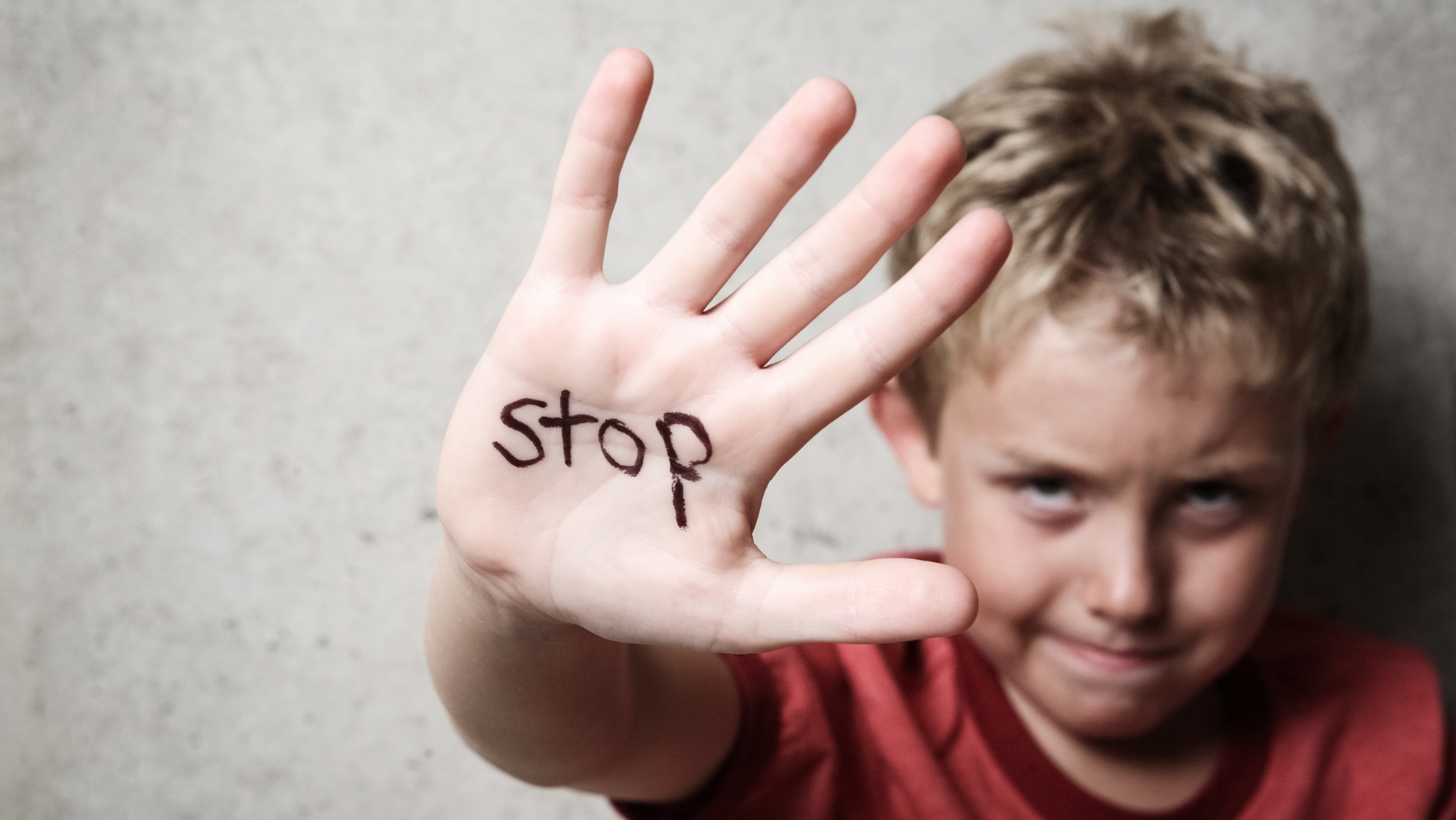Welcome to my article on the CTIP General Awareness Quiz Answers for 2022. If you’ve recently taken the quiz or are curious about the correct answers, you’ve come to the right place. In this article, I’ll provide you with the accurate answers to the CTIP General Awareness Quiz for the year 2022. Whether you’re a student, professional, or simply interested in increasing your knowledge, these answers will help you understand the key concepts covered in the quiz.
CTIP General Awareness Quiz Answers 2022
As part of the ongoing effort to raise awareness about human trafficking and exploitation, the CTIP General Awareness Quiz provides valuable information and insights into this global issue. By understanding the correct answers to the quiz, we can equip ourselves with the knowledge needed to identify and respond to potential instances of human trafficking.
- Question: What are some indicators of human trafficking?
Answer: Some indicators of human trafficking include:
- Unexplained absences from work or school
- Signs of physical abuse, such as bruises, scars, or burn marks
- Signs of psychological abuse, such as fearfulness, anxiety, or depression
- Lack of control over personal identification documents
- Restricted or controlled communication
- Living and working in poor conditions
- Lack of personal belongings
- Debt bondage or exploitation
- Question: How does technology play a role in combating exploitation?
Answer: Technology plays a crucial role in combating exploitation by:
- Providing platforms for reporting suspicious activities
- Facilitating information sharing and collaboration among anti-trafficking organizations
- Supporting the development of innovative tools and solutions to identify and track traffickers
- Enhancing public awareness through social media campaigns and digital advocacy
- Enabling the identification and rescue of victims through online investigations
- Question: What are some of the impacts of human trafficking on victims?
Answer: The impacts of human trafficking on victims are profound and include:
- Physical and psychological trauma
- Loss of freedom and autonomy
- Health problems, including injuries and sexually transmitted infections
- Social isolation and stigmatization
- Financial exploitation and debt
- Loss of education and employment opportunities
- Long-term emotional and mental health issues
By familiarizing ourselves with the CTIP General Awareness Quiz answers for 2022, we can contribute to the fight against human trafficking and exploitation. It’s important to stay informed, remain vigilant, and take action to protect vulnerable individuals in our communities. Together, we can make a difference.

What is CTIP?
Definition of CTIP
CTIP, which stands for Counter Trafficking in Persons, is a vital initiative aimed at combating human trafficking on a global scale. It encompasses a range of efforts and strategies implemented by various organizations, governments, and individuals to prevent, identify, and respond to instances of human trafficking. CTIP aims to raise awareness about this grave violation of human rights and equip people with the knowledge and tools to take action against it.
Importance of CTIP
CTIP plays a crucial role in the fight against human trafficking by addressing the complex challenges posed by this global issue. Here are some key reasons why CTIP is important:
- Prevention: CTIP focuses on preventing human trafficking by raising awareness about the indicators and risk factors associated with it. By educating individuals, communities, and organizations, CTIP helps to create a protective environment that reduces vulnerability to exploitation.
- Identification: CTIP assists in the identification of potential victims of human trafficking. It provides training and resources to professionals in various fields such as law enforcement, healthcare, and social services, enabling them to recognize the signs of trafficking and take appropriate action.
- Protection: CTIP prioritizes the protection and support of victims. It advocates for the rights of survivors, ensuring they have access to essential services such as shelter, healthcare, legal assistance, and counseling. CTIP also promotes the implementation of comprehensive victim-centered approaches to ensure their safety and well-being.
- Prosecution: CTIP contributes to the prosecution of traffickers and the dismantling of trafficking networks. It works closely with law enforcement agencies, providing them with specialized training and tools to investigate and prosecute traffickers effectively. By holding perpetrators accountable, CTIP helps to deter future instances of human trafficking.
- Partnerships: CTIP fosters collaboration between various stakeholders, including governments, non-governmental organizations (NGOs), and civil society. Through partnerships, CTIP promotes the sharing of knowledge, resources, and best practices, creating a more coordinated and effective response to human trafficking.
CTIP is a critical initiative in the ongoing fight against human trafficking. By focusing on prevention, identification, protection, prosecution, and partnerships, CTIP aims to eradicate this heinous crime and ensure the safety and well-being of all individuals.

